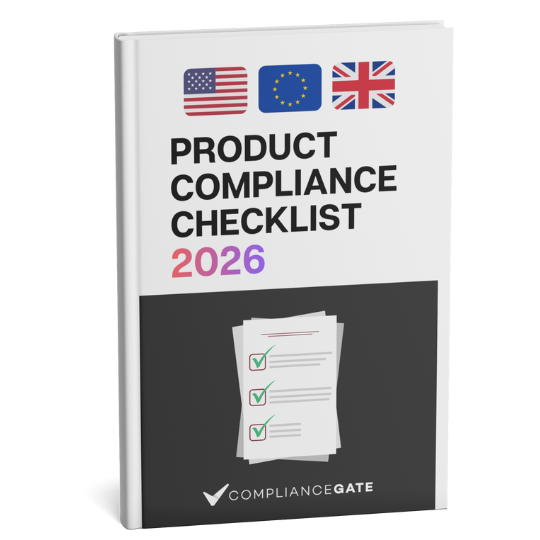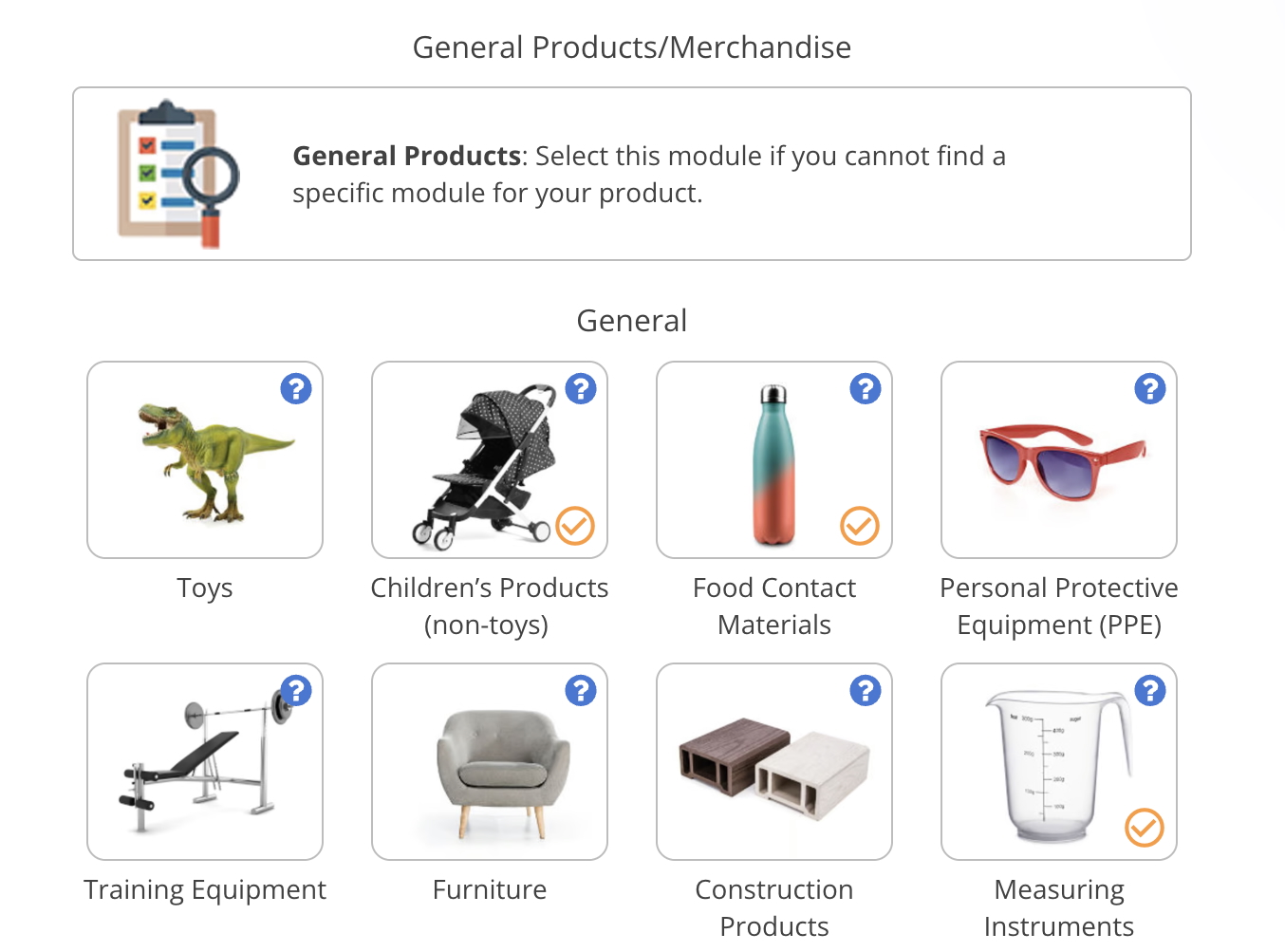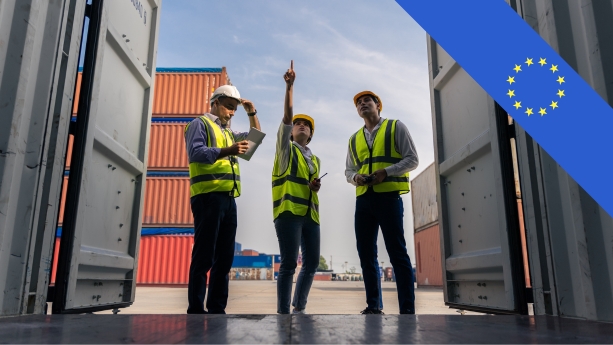
Containers and cargo shipments arriving in the European Union are sometimes subject to product compliance checks. When this happens, you can only secure a release by providing documentation demonstrating compliance with applicable EU regulations and directives.
In this guide, we explain why shipments are rejected by the customs authorities in EU member states and what steps you can take to resolve the situation.
Content Overview

FREE CONSULTATION CALL (30 MIN)
 Ask questions about compliance requirements
Ask questions about compliance requirements Countries/markets:
Countries/markets:
 Learn how we can help your business
Learn how we can help your business
You will speak with:Ivan Malloci or John Vinod Khiatani
Why does the EU customs reject shipments?
Customs authorities in the EU member states perform routine compliance checks of inbound shipments to prevent non-compliant and unsafe products from entering the European market. Customs authorities in various EU countries can also cooperate with national market surveillance authorities when conducting compliance checks.
Shipments can be randomly selected for compliance checks or targeted for the following reasons:
1. High-risk products (i.e., electronics, toys, or medical devices)
2. The importer or supplier has a history of compliance violations
When a shipment is selected for inspection, the European customs authorities tend to request documents from the importer that demonstrate compliance with applicable regulations and directives.
If the importer fails to provide the requested documents within a certain period of time, the goods can then either be destroyed or returned.
Are containers opened and checked?
Yes, containers can be physically opened and inspected. However, this is not always the case. Many product compliance checks are managed digitally. The European customs authorities identified a shipment and notified the importer via email, while the importer is asked to provide digital copies of the required documents.
Most often, that is not the case, but documents are requested, and it’s managed digitally.
Can the EU member state customs destroy non-compliant products?
Yes, the customs authorities in EU member states have the right to destroy non-compliant and potentially unsafe products without offering any compensation to the importer.
It is the importer’s responsibility to ensure that the products they bring to the European Union are compliant with applicable EU regulations, directives, and safety standards.
Can our cargo be returned to the factory?
Yes, cargo can sometimes be returned to the supplier as long as the customs authorities accept this. I have been involved in a handful of situations where inbound containers were rejected, and the importer managed to arrange a return to the factory in Asia for relabelling.
However, the return shipment was at the importer’s expense. Further, there is no guarantee that such return shipments can be arranged for the following reasons:
1. The customs authorities in the EU member state may not accept such an arrangement
2. Your supplier may not accept it
3. The customs authorities in your supplier’s country may reject the return shipment
Having shipments returned back to the supplier should not be seen as a reasonable backup solution, but a last resort if all else fails.
How can we get a rejected shipment released?
When a shipment is selected for a compliance check, the customs authorities or national market surveillance authorities normally draft a letter stating the following:
1. Why is the shipment subject to a compliance check
2. Which EU regulations and directives must the product comply with
3. Which national regulations must the product comply with
4. A list of documents that must be submitted by the importer
You can get your shipment released if you provide the required documentation. There is no element of negotiation involved. You either give them what they ask for or prepare to arrange for destruction or a return shipment.
What documents do we need to submit?
The exact documentation requested depends on the particular product, which in turn determines the applicable EU regulations and directives. Here are some examples of documents that are often requested:
Declaration of Conformity (DoC)
This is required for products that require CE marking.
Test reports
Test reports that demonstrate compliance with applicable EN standards must normally be provided. Such test reports must be valid for the exact same product model that is subject to the compliance check.
The test report must also correspond with whatever is written in the Declaration of Conformity (DoC), if any.
Label files
Photos of product labels and packaging labels are often requested. It is therefore important that this is documented prior to shipment.
EC-Examination Type Certificate
This document is required for products that require CE marking and for which a notified body is mandatory. Examples include medical devices and certain types of PPE.
User instructions
The user instructions or user manual can also be requested as part of a compliance check.
Emergency Action Plan
Here are the steps you can take to work towards a resolution in case your shipment is held by the customs in an EU member state:
1. Find out why the customs rejected your shipment
The first step is to work out why your shipment is stuck in a compliance check. Normally, you will receive a letter explaining the reason and listing the EU regulations and directives (or corresponding national legislation) the shipment is suspected of not complying with.
2. Confirm which documents you need to submit
The letter normally lists which of the following you need to submit:
- Declaration of Conformity
- Test reports
- Product label files or photocopies
- Packaging label files or photocopies
- User instructions
- Other documents
3. Contact your supplier
You should also notify your supplier of the situation. However, don’t count on them to provide any meaningful support during this process. Still, in case a return shipment is the only way out, now is the best time to make them aware.
4. Submit documents to the EU customs and present a corrective action plan
Now you must either prepare all required documentation or prepare a corrective action plan. A corrective action plan could work towards the following objectives:
1. Provide necessary documentation and labels in the destination country
2. Arrange a return shipment
5. Arrange for release, return, or destruction
The authorities will decide the outcome after reviewing the submitted documents.
| Outcome | Conditions |
| A: Release cargo | All required documents and label files submitted |
| B: Return shipment | Failed to provide the required documents and label files, and the customs agrees to a return shipment |
| C: Destructions | Failed to provide the required documents and label files, and a return shipment cannot be arranged |
Case Study: Electronics Shipment Rejected (2023)
In late 2023 we were contacted by a Swedish company who had a shipment of electronic products withheld by customs authorities. It turned out that the shipment was selected as a high risk shipment as the devices contained lithium batteries.
The customs authorities did not operate alone. Instead, they were acting on instructions from the National Electrical Safety Board.
Requested documents
In any case, it was deemed that national legislation corresponding to the following EU directives was applicable:
- RoHS Directive
- EMC Directive
- Low Voltage Directive (LVD)
As such, the letter of notification required the importer to provide the following documentation within 30 days:
- Declaration of Conformity (LVD, EMCD, and RoHS)
- Test reports (LVD, EMCD, and RoHS)
- Product label files (LVD, EMCD, and RoHS)
- Product packaging label files (LVD, EMCD, and RoHS)
- User instructions (LVD, EMCD)
Resolution
Unfortunately, it was quickly discovered that the importer lacked valid test reports and did not have a Declaration of Conformity. In addition, the products and packaging was insufficiently labelled. This meant that securing a release was unlikely.
Instead, the importer prepared an action plan for relabelling in the manufacturing country. A return shipment was arranged shortly after.
FAQ
Can we get a chance to test and certify the product in the country in case we fail?
It is unlikely that you will be given a chance to arrange testing, documentation, and affix correct labelling if you are importing finished goods into the EU. The reason is likely that products are deemed to be placed on the market at that stage, which means that the products must be fully compliant.
That said, the situation would be different if you are, for example, importing components or materials for assembly in an EU-based production facility.
In any case, the EU member state customs and market surveillance authorities can distinguish between importing finished products, components or raw materials.
The point I want to bring home is that you should not assume you will get a chance to make things right if your shipment fails a compliance check.
Can we create a Declaration of Conformity once we are subject to cargo inspections?
No, a Declaration of Conformity must be created at the time you place a product on the market. The following quote is from the Low Voltage Directive:
Manufacturers shall keep the technical documentation referred to in Annex III and the EU declaration of conformity for 10 years after the electrical equipment has been placed on the market.
More specifically, the placing on the market is defined as when a product is first made available. It is likely that finished goods are deemed to be placed on the market upon arrival in the EU, whereas this would not be the case for components and raw materials.
Can we CE mark the product once in the EU?
No, CE marking a product in the country is not a viable plan B. This can only be done if your products is actually manufactured in the European Union.
If you import finished products that must be CE marked, then the CE mark should be affixed by the time it arrives in an EU member state.
Can we get a chance to relabel the products?
I cannot say that relabelling a product within the European Union can be entirely ruled out. However, I have not dealt with any case when this was accepted. On the contrary, the situations where labelling was an issue resulted in return shipments at best.
If we can clear customs, does that mean that our products are approved?
No, a shipment clearing customs in an EU member state does not indicate an approval or a confirmation that the products are deemed to be compliant.
Further, products can be subject to compliance checks months or even years later. I know of cases where importers had their first shipments rejected several years after they first started importing a particular product.
Are all inbound shipments checked in the EU?
No, not all shipments are subject to compliance checks in the European Union. I don’t have any data to share either. What I do know is that such compliance checks are becoming increasingly more common.
What are some products more likely to be subject to checks?
Products that, if non-compliant, expose consumers to high risks are more likely to be subject to compliance checks. Here are some examples of such products:
- Toys
- Children furniture
- Children’s apparel
- Electronics
- Batteries
- Personal Protective Equipment
- Medical Devices
- Cosmetics
How can we prevent shipments from being rejected?
You need to ensure that your products are fully tested, documented, and correctly labelled before shipping.
It is often too late to rectify the situation if your cargo is rejected upon arrival.

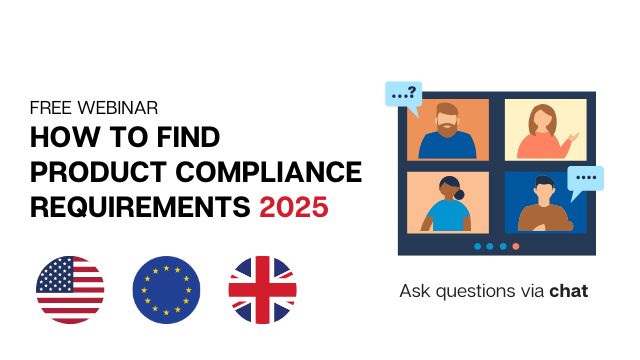



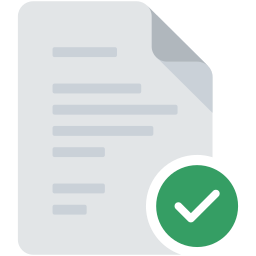

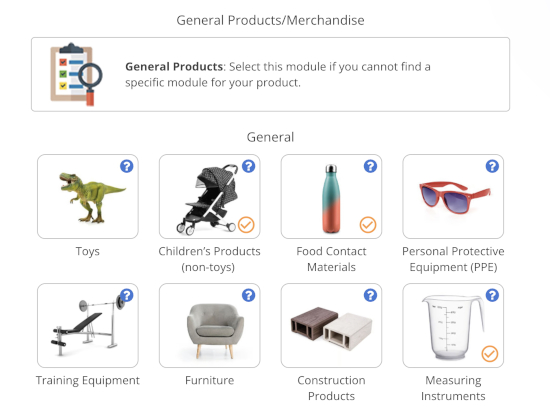






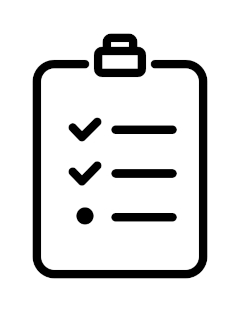


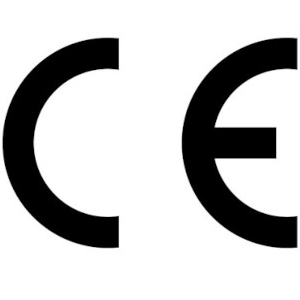




.png)
.png)
.png)
